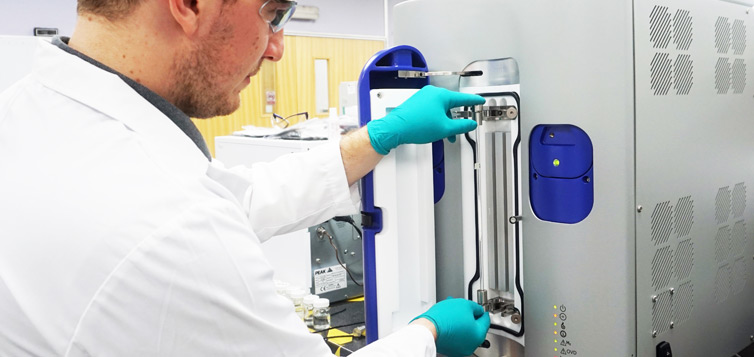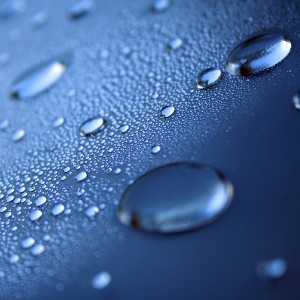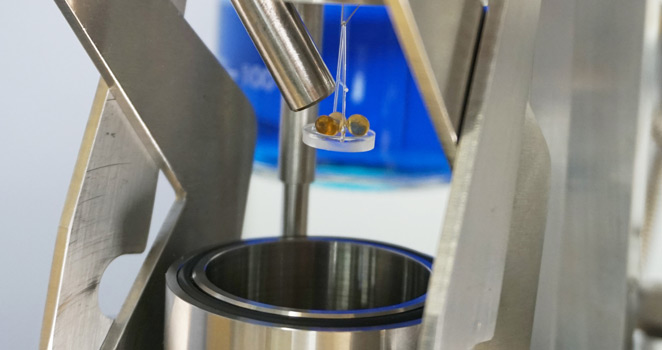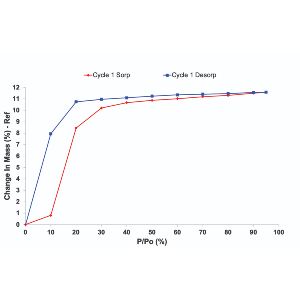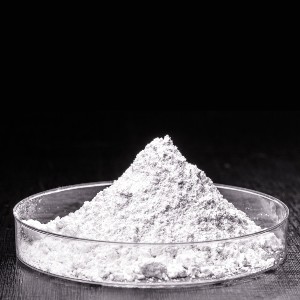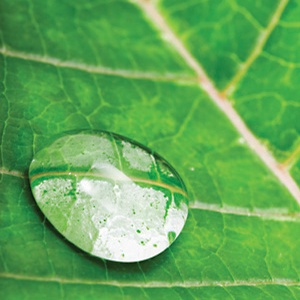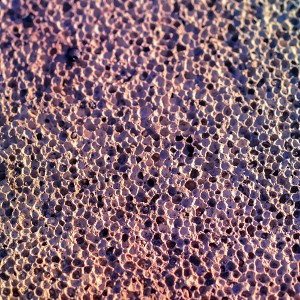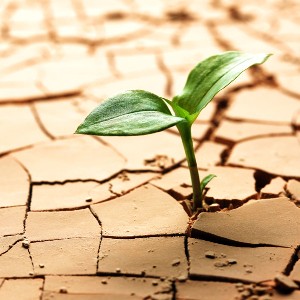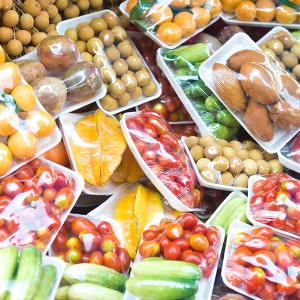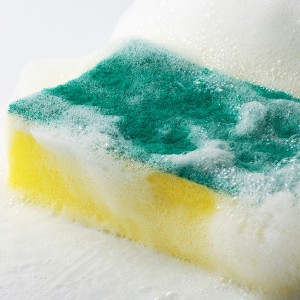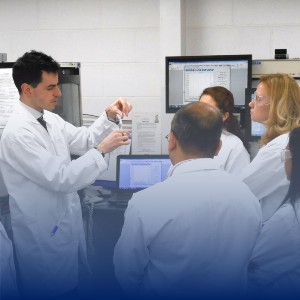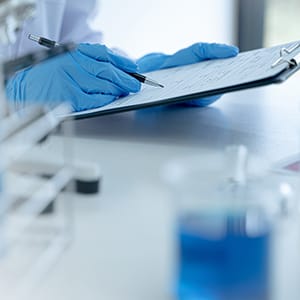
Inverse Gas Chromatography for Chicken Feather Mat Characterization – Guest Speaker
Watch now
Oil pollution, from anthropogenic exploration activities, constitutes a serious risk to water resources globally. Different conventional sorbents have been used to remove oily contaminants from affected water bodies with varying degrees of success. In recent years, natural sorbents such as kapok fibres, rice husks, and chicken feathers have been explored as a substitute for conventional sorbents because they are cheaper, abundantly available and provide a means to develop a circular economy. The oil sorption capacity of these fibres is determined by their surface chemistry and microstructure–surface properties.
In this study, Inverse Gas Chromatography (IGC-SEA) was utilized to evaluate the surface properties of chicken feather mat – a natural sorbent and polypropylene pad – a synthetic organic sorbent. The BET, dispersive/specific (acid-base) surface energies, specific free energies of adsorption, and thermodynamic work of cohesion and adhesion for chicken feather mat and polypropylene pad were measured. The surface profiles demonstrated that both sorbents were energetically heterogeneous. However, the chicken feather mat surface energy profiles showed comparable values to the conventional polypropylene pad, widely used as an oil sorbent.
Kaine Chinwah
Imperial College London
